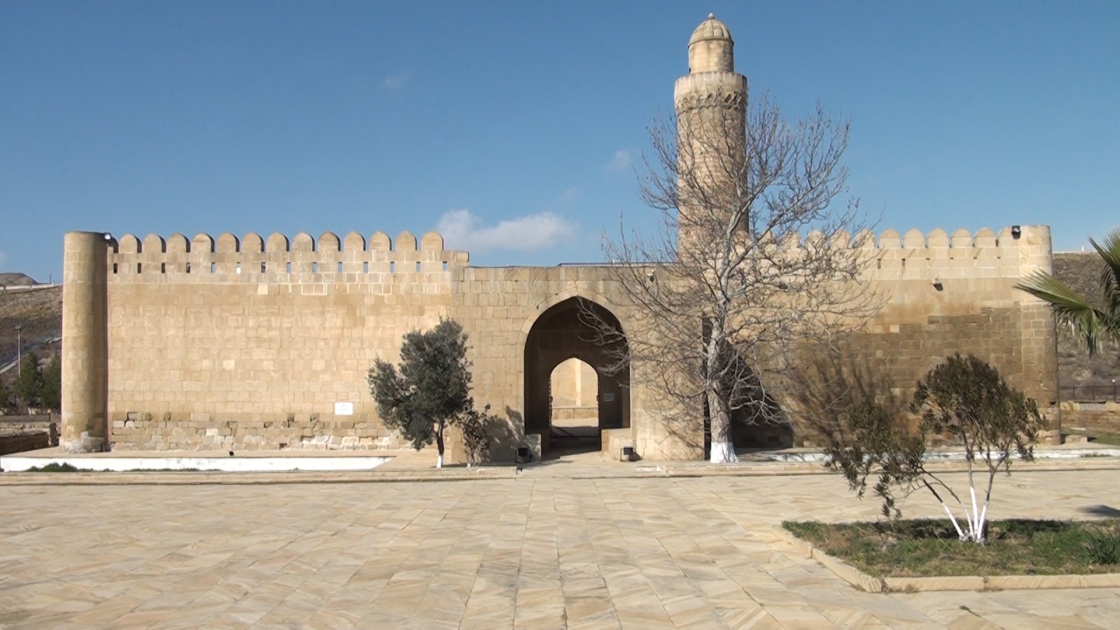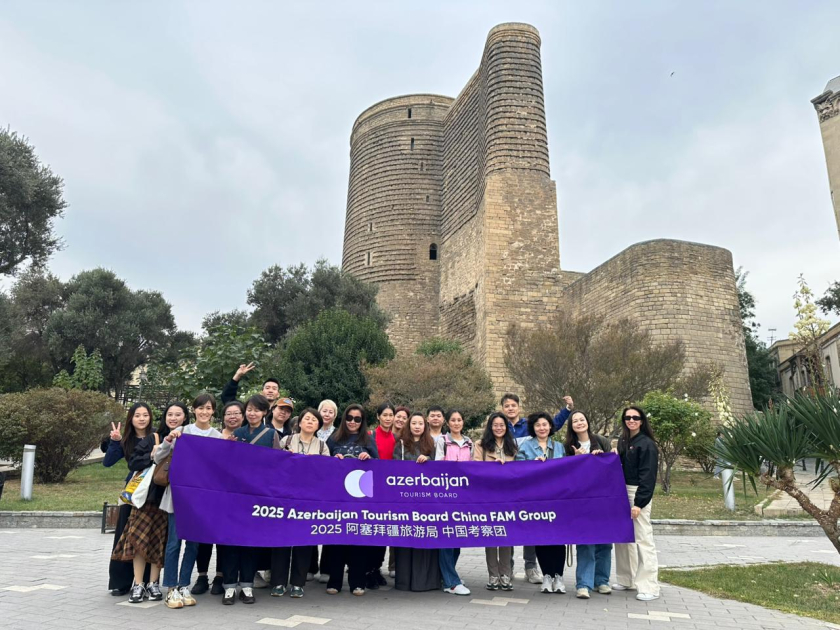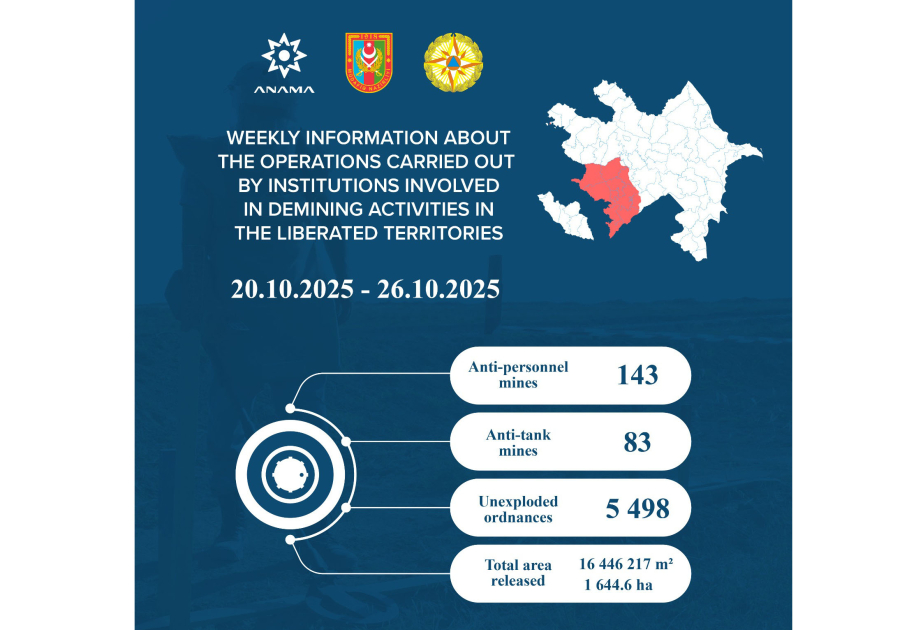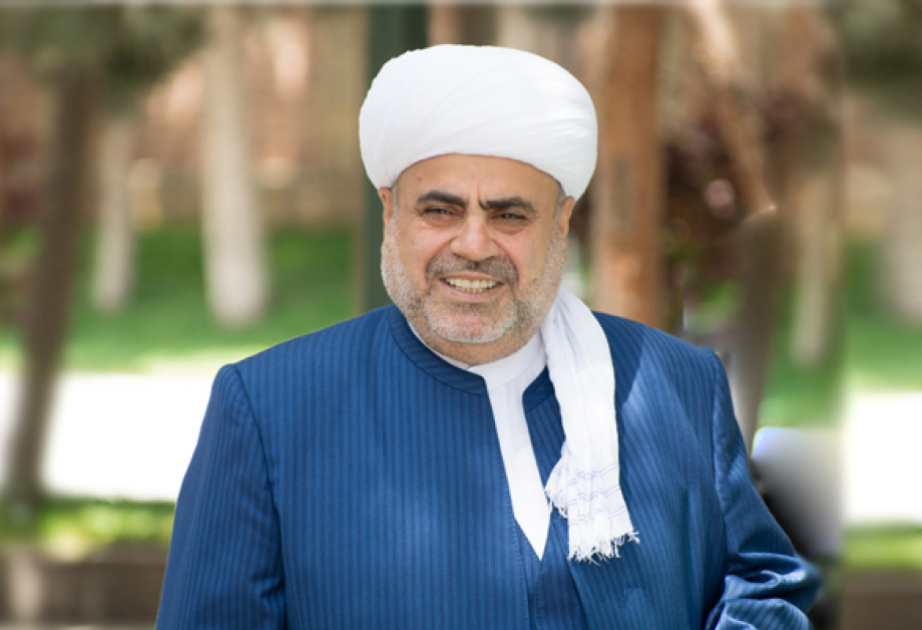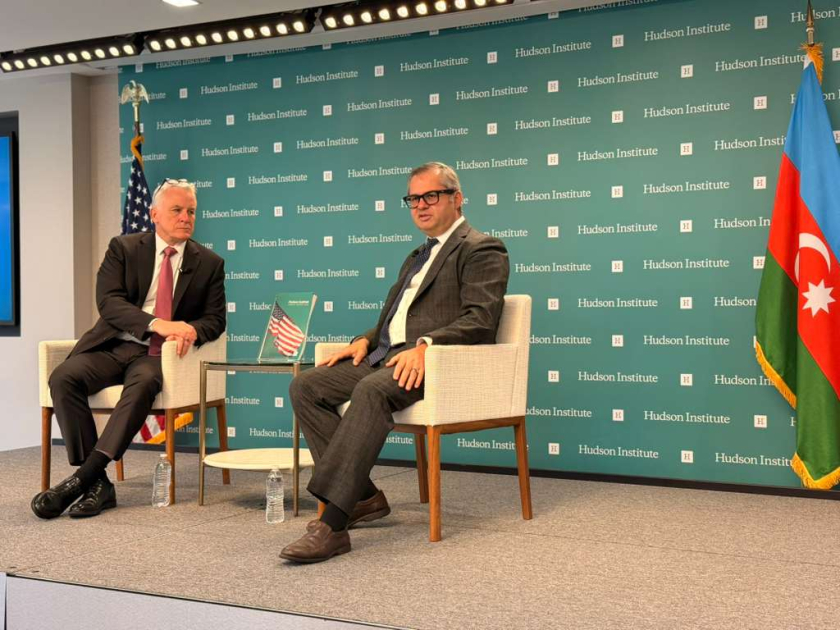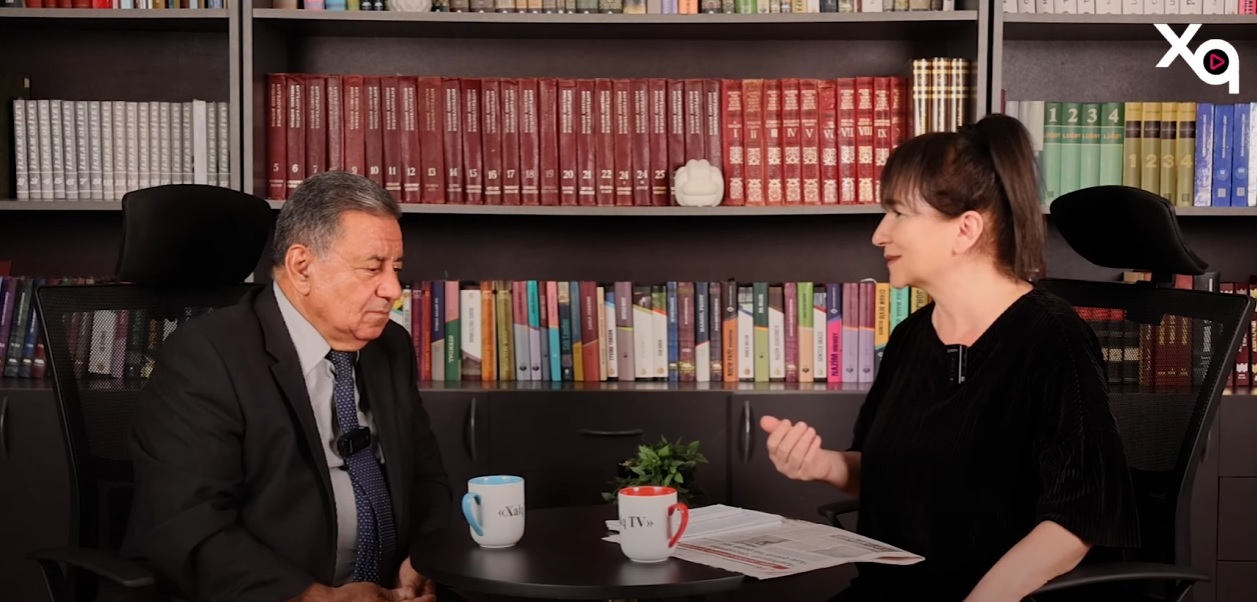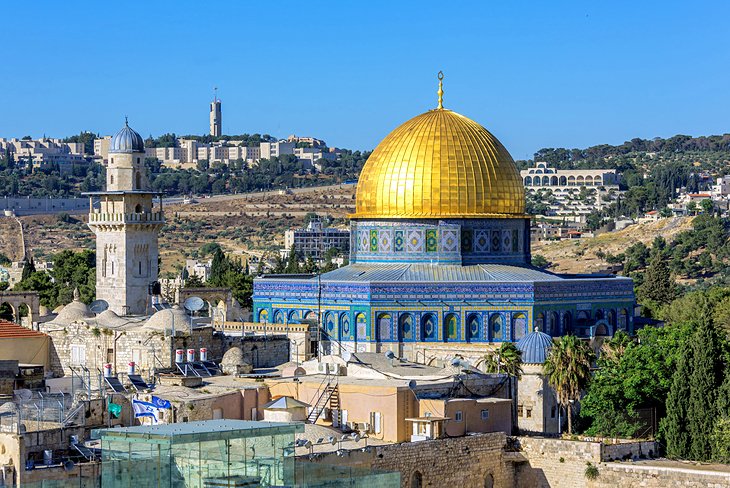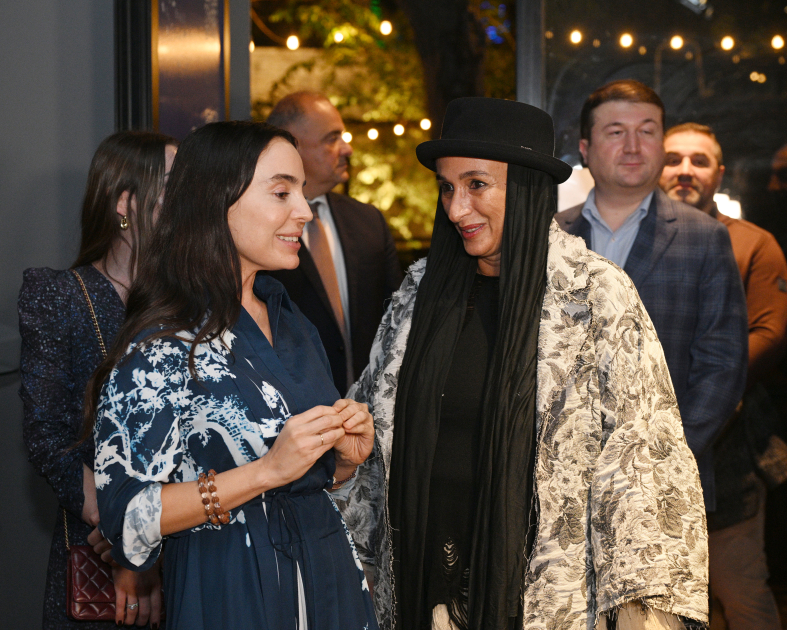Of the approximately 400 khanegahs belonging to Sufi sheikhs that once existed in Azerbaijan, the Pir Huseyn Khanegah is the most magnificent one that has survived to this day. Built in the 11th–13th century in Shirvan-Absheron architectural style, the khanegah was registered as a historical monument of national importance by the decision of the Ministry of Culture dated January 22, 2004.
Maharram Muslimov, director of the Pir Huseyn Khanegah Historical and Architectural Reserve, told AZERTAC’s regional correspondent that Pir Huseyn Khanegah, one of the rare pearls of art of the 11th–13th centuries, is located on the 127th kilometer of the ancient Baku–Salyan trade-caravan route, in the territory of the village of Gubalibaloghlan, Hajigabul district. There are 14 registered historical monuments within the Hajigabul district, with seven of them situated within the designated reserve, including - "Sardaba", "Mosque", "Minaret", "Tomb", "Castle Walls", "Ancient Cemetery" and "Caravanserai".
In 1907, Stepan Ter-Avetisyan, the scientific secretary of the Institute of Caucasian Studies in Tbilisi, visited the khanegah to conduct research. He drew and photographed the tiles. Russian orientalist V.A. Krachkovskaya partially restored and read the inscriptions on the tile fragments based on the materials presented to her by Ter-Avetisyan. After he returned to the khanegah in 1913, a large part of the tiles had vanished. Later it was revealed that these tiles were displayed in European museums. According to another account, Armenian antiques dealer Kelekyan, in collaboration with a Frenchwoman named Duffanti, sold these tiles to European museums. Currently, most of the tiles are stored in the Louvre, the Hermitage in St. Petersburg, the Museum of Oriental Culture in Moscow, and a small part is kept in the Tbilisi State Museum. The khanegah also housed books from the Early Middle Ages, which were purposefully destroyed during the Soviet period.
The wells located within the Khanegah area are also unique, as they have consistently provided water even during periods of regional water shortages.


